Container Security
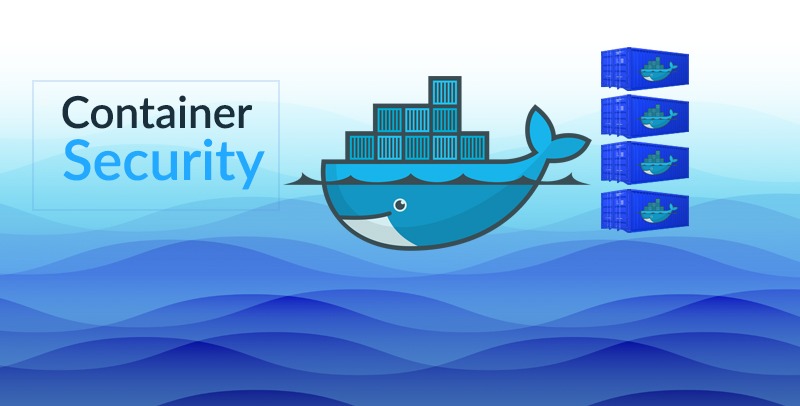
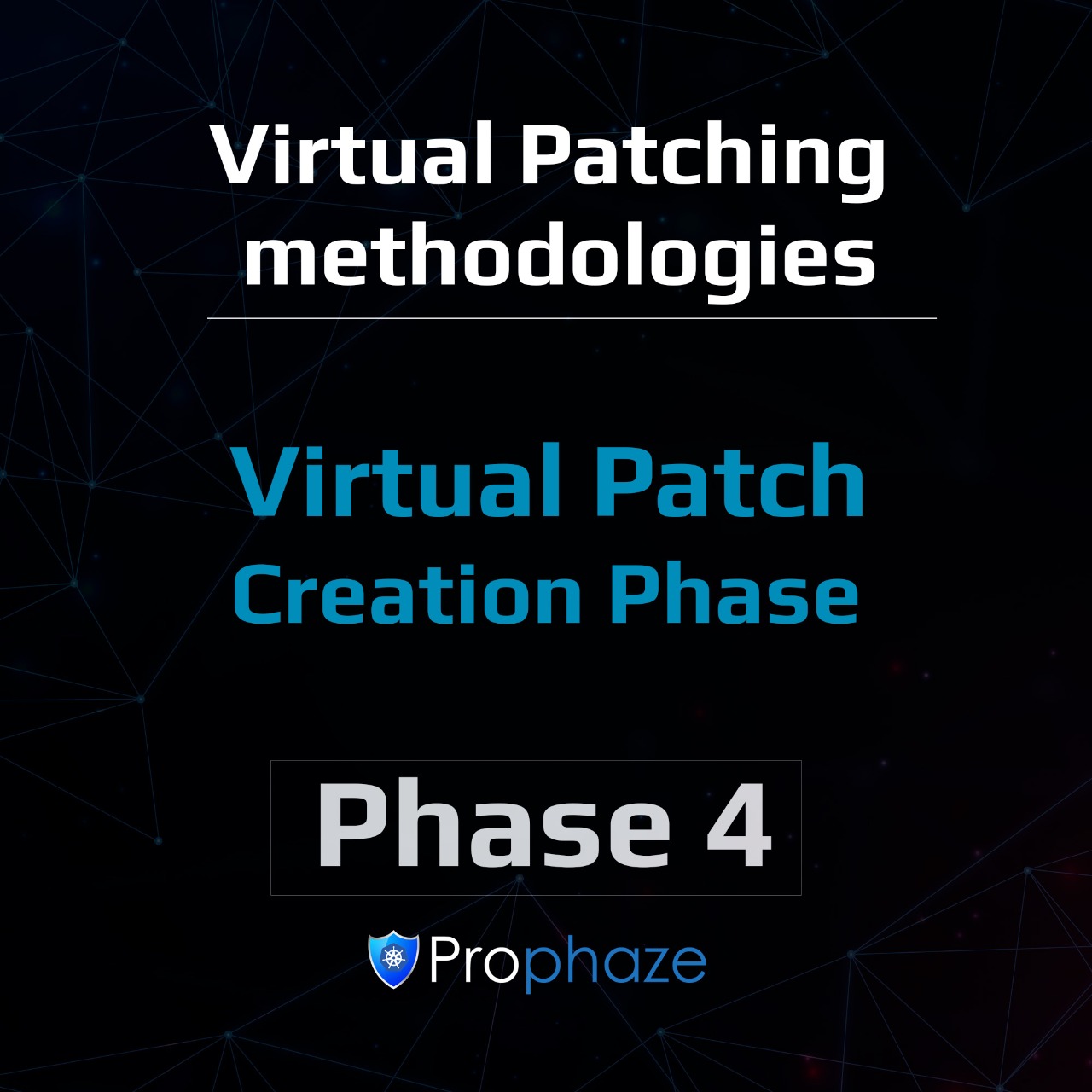
The process of creating an accurate virtual patch is bound by:
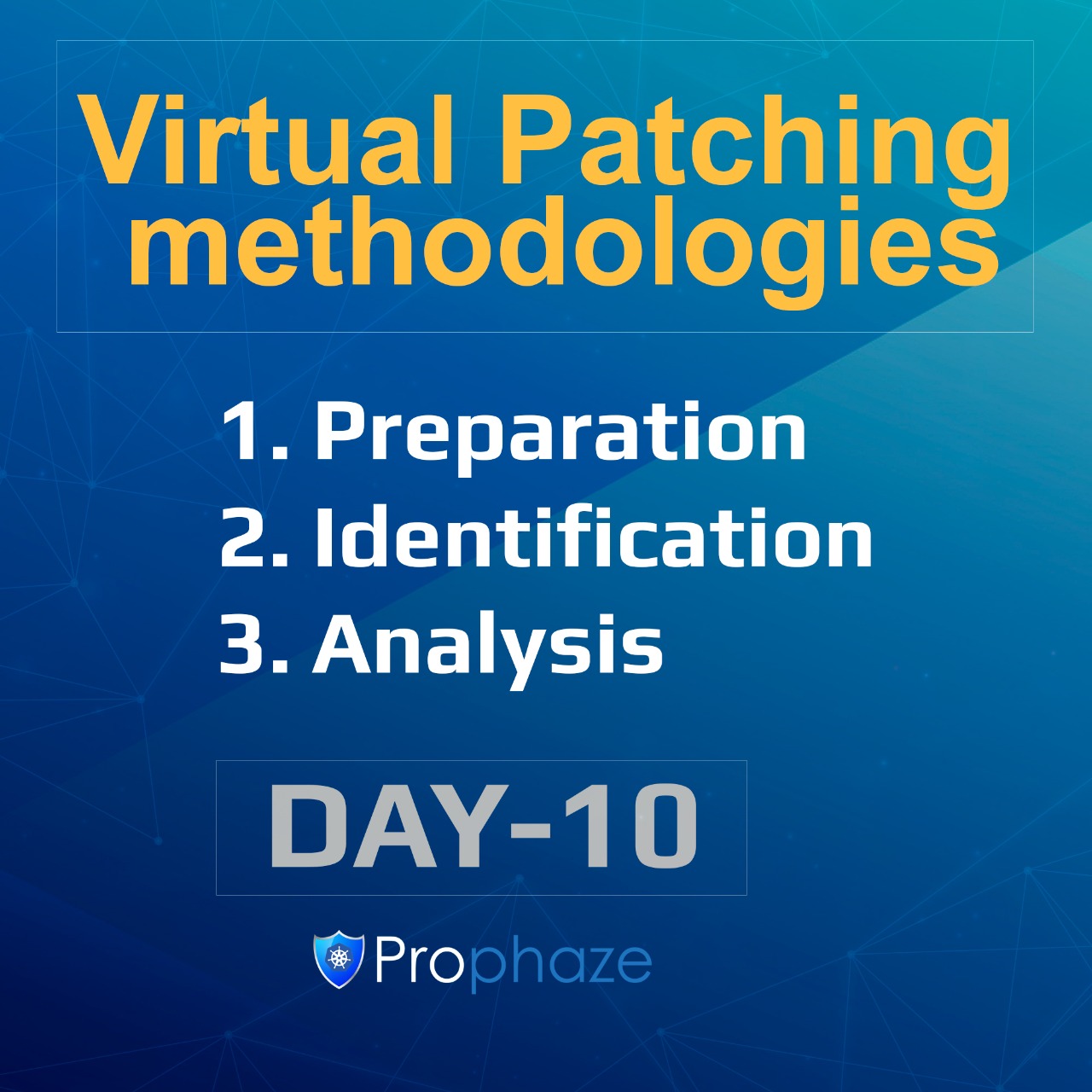
The significance of adequately utilizing the preparation phase in respect of virtual patching can’t be overstated. Before dealing with a discovered vulnerability, or respond to a live web application intrusion, you have to take some actions to set up the virtual patching processes and frameworks. It is not the perfect time to be proposing the installation of a WAF or the concept of a virtual patch during the real-time compromise. Tension is high during real incidents and time is of the essence, so lay the foundation of virtual patching when the waters are calm and get everything in place and ready to go when an incident does occur. During real incidents, the tension is high and time is of the essence. Lay the base of virtual patching when everything is good enough and ready to take action if an issue occurs.
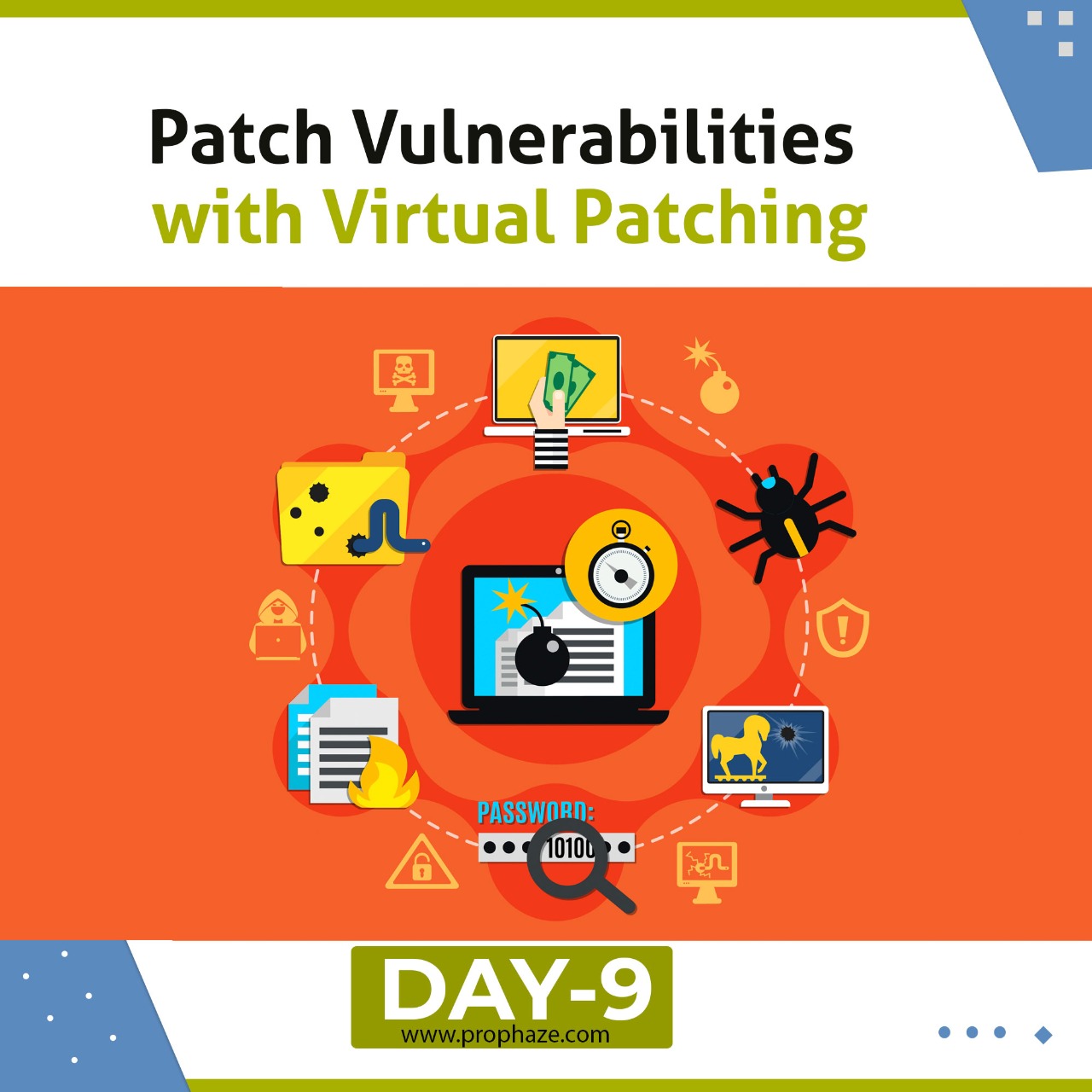
Virtual patching demands applying a layer of security policy that prevents and intercepts vulnerability exploitation. A productive solution requires the capabilities to analyze and block malicious activity from web-traffic, identify & prevent intrusions, prevent web application attacks, and flexible deploy on the cloud, or physical environments. Without pushing the critical system at risk, the patching solutions can also provide security administrators an opportunity to evaluate, analyze and plan official virtual patches.

There are many products out there that work as a WAF. WAF is not really aware of the application it is securing. There are solutions that block DDoS attacks (it needs a bit of muscle power as well). The other issue is the attack of automated bots in the system. AS of now none of the security vendors gives a full stack of protection against these attacks
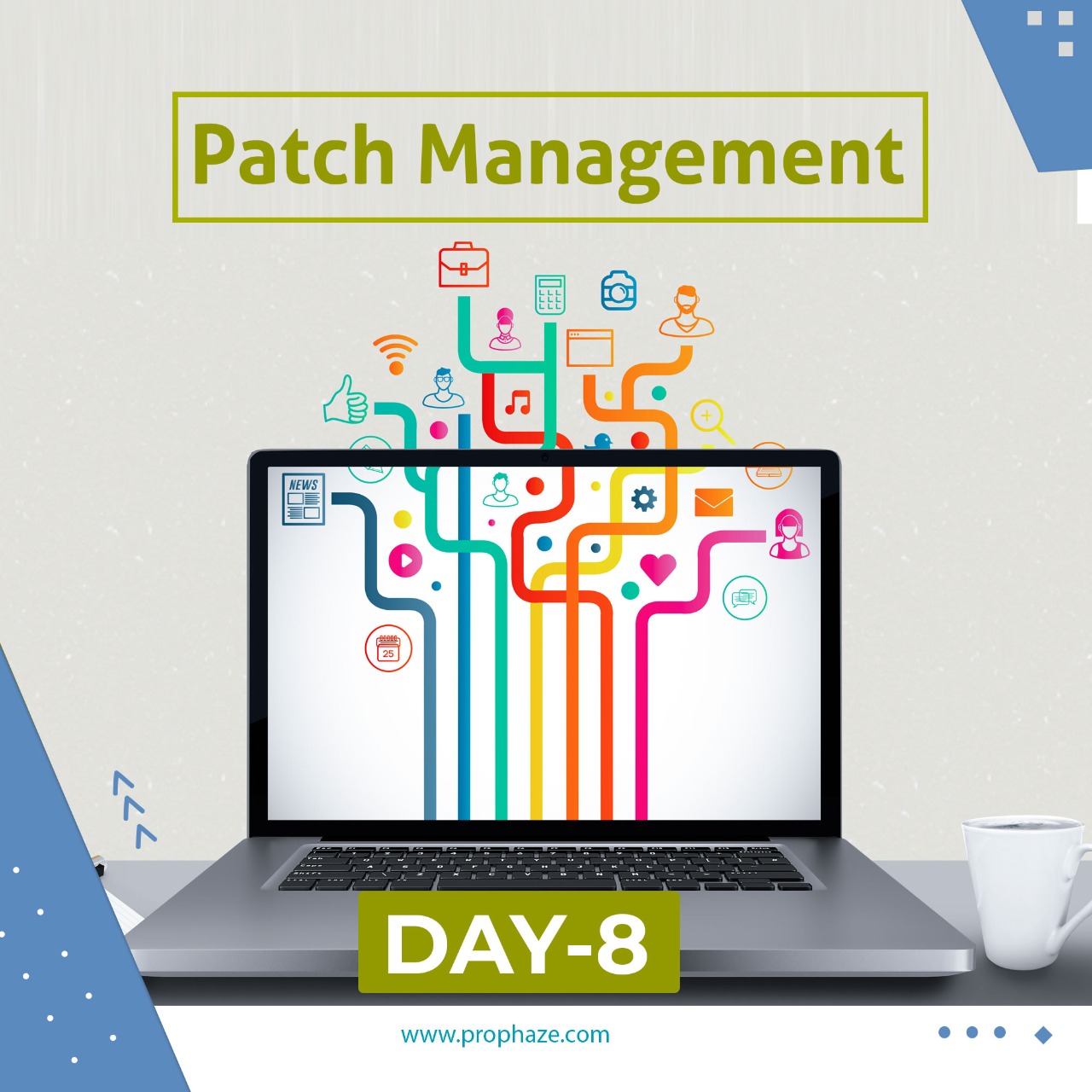
Patch Management is a strategic process of acquiring, testing, and installing updated software. But, most of the companies find themselves comply less than strictly with their patching schedule. Customers can reduce risk while lengthening their patching cycles, helping their overtaxed IT departments, and reducing patching costs by simply applying this patch management strategy.
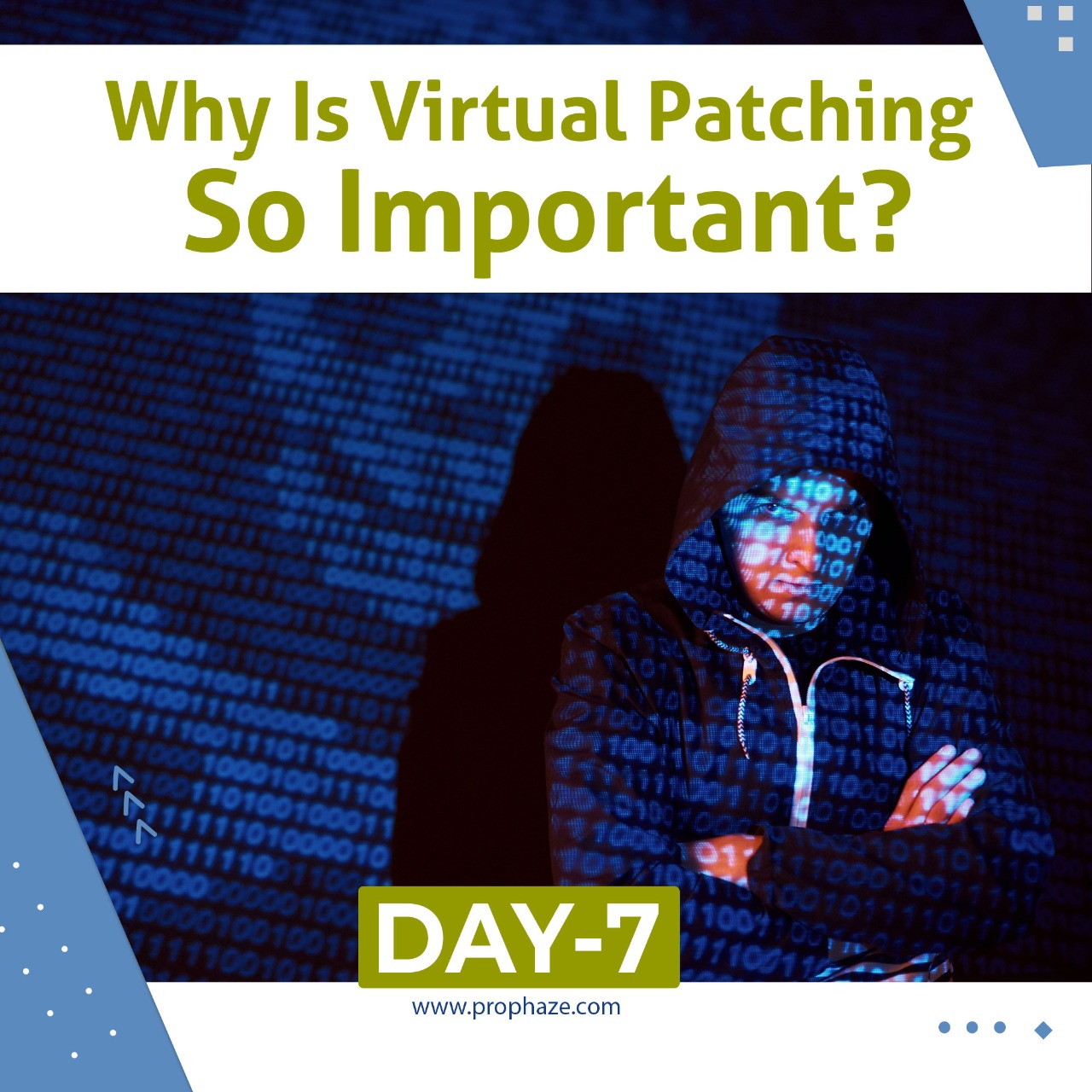
Virtual Patching gives a rapid way of a solution to provide web security. Even though the preferred solution is temporary, it would fix the vulnerable web application. Once the code gets fixed, the virtual patch is being deployed on every ingress point which can access the code and the new code deployments are covered by the patch.
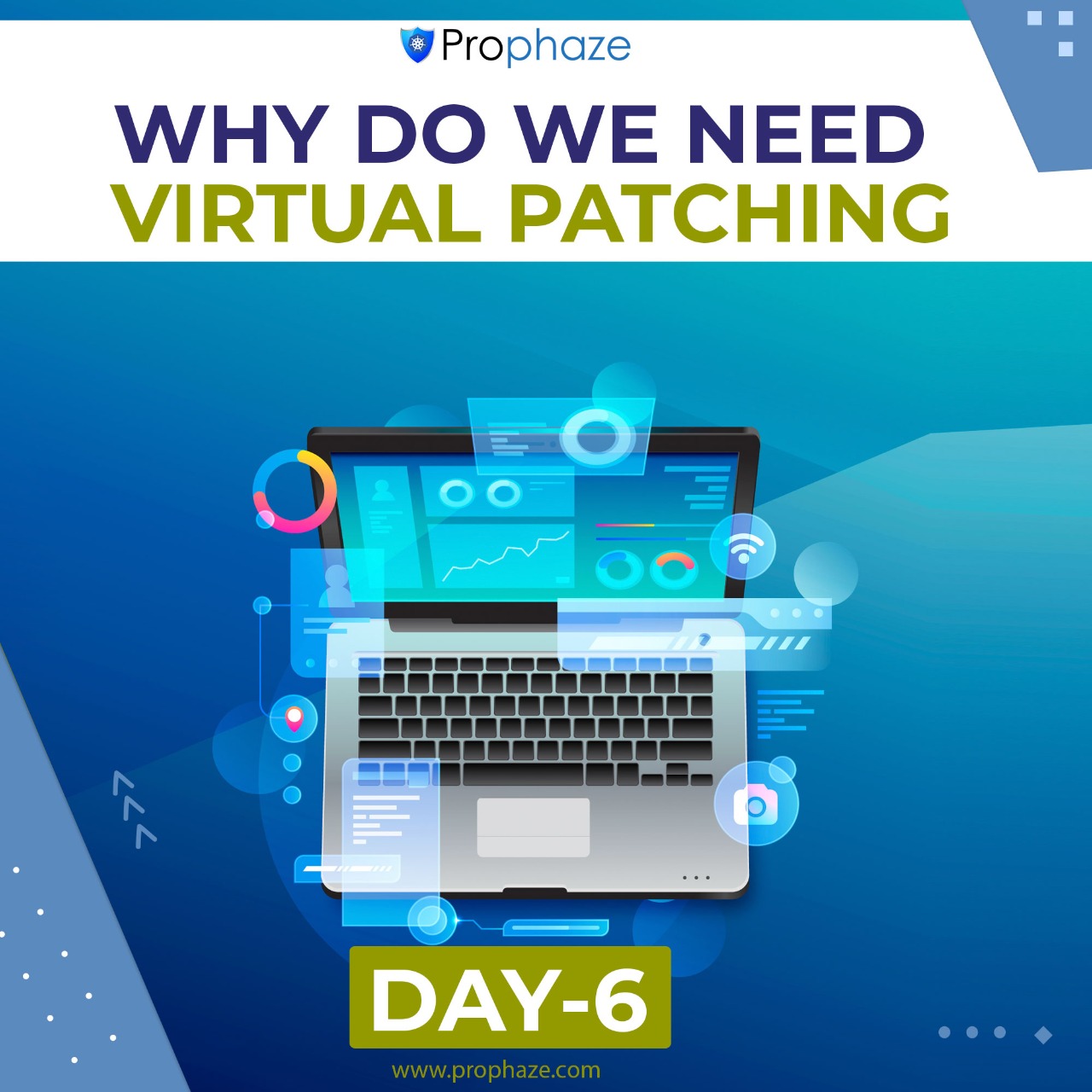
Safeguarding the company’s assets against existing and emerging vulnerabilities is the most critical task that security teams are struggling with. Virtual Patching can be a great choice for corporate having multiple websites. The central management of virtual patching can save a lot of time, if the sites have the same framework/CMS/plugins are installed.

Various tools are used to achieve Deep Security virtual patching. It includes:

From the technical point of view, the initial mitigation strategy would be for an organization to rectify the discovered vulnerability within the source code of the web application. This is globally accepted by web application security experts and system owners. But nowadays, there arise many situations where modifying the source code of a web application is troublesome such as: